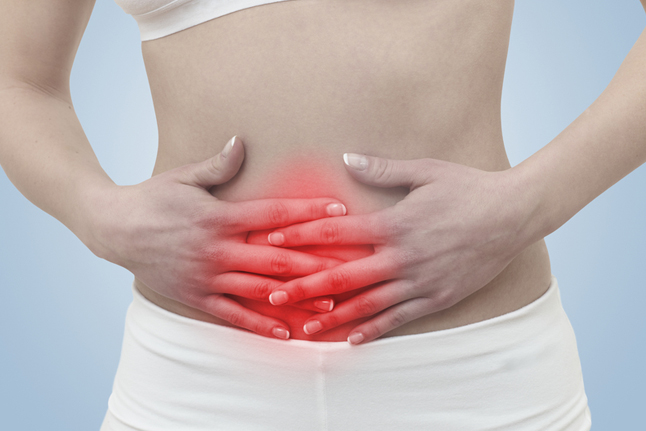Bowel
Poor bowel control is often not spoken about. Problems with bowel leakage are often not reported due to embarrassment or a belief that it is a normal part of aging. Yet many treatment options are available.
Up to 12.9% of Australian women report faecal incontinence (Australian Institute of Health and Welfare, 2006). Up to 71% of women with bowel leakage don’t seek care (Brown et al, 2013).
Most women with faecal incontinence report that it started after the age of 40 years. The main risk factors are not related to child birth but instead diarrhoea, irritable bowel syndrome, smoking, abdominal surgery and obesity (Gyhagen et al, 2014).
Bowel dysfunction can present in a number of ways including:
- Faecal incontinence which is the involuntary passage of stools or bowel motion or liquid. Faecal incontinence may be pieces in underwear or smearing on the underwear.
- Flatal incontinence – the inability to hold flatus or wind
- Anal incontinence is a combination of faecal and flatal incontinence.
- Constipation which is straining at least 25% of the time when opening the bowels, lumpy or hard stools at least 25% of the time and less than 3 bowel motions per week
- Bowel urgency which is a sudden compelling urge to open the bowels
- Inability to pass a bowel motion without pain
- Inability to completely empty the bowels.
- Abdominal pain due to constipation
Management of bowel conditions includes:
- A thorough assessment of the condition, medical history and current health, including diet and fluid intake, exercise levels and mobility, all the medicines you are currently taking, and any other factors that could affect bowel function
- Physical assessment of the pelvic floor function, strength and endurance
- Rehabilitation which may include pelvic floor muscle exercises, otherwise known as Kegel exercises, bowel sensory and biofeedback retraining and changes to lifestyle and bowel habits and pain management.
- Use of Real Time Ultrasound to facilitate rehabilitation
- Assistance with continence aids such as pads and pants.
Outcomes from treatment may include:
- Correct pelvic floor muscles exercises can increase the size, strength and length of the pelvic floor muscles.
- Decreased incontinence, flatus/wind or urgency, reduced usage of pads and improved control.
- Increased confidence and reduced financial burden
- There is the highest level of evidence in research for using pelvic floor muscle exercises in the treatment of faecal incontinence and dual incontinence (both bowel and bladder) in women.




